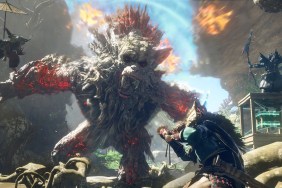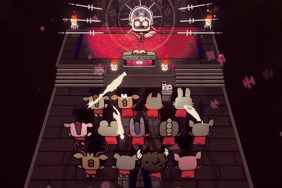I only have one serious question: What's the "F" for?
Fairy Fencer F is a name I don’t understand. I get what a fairy is, and I know that a fencer is another name for a swordsman, but what’s with the other “F”? Is it for alliteration's sake? Maybe it’s there in the same place it would follow “W” and “T”? Is it because the main character has a name a teenage boy with few friends would try to nickname himself at school? Of the story elements presented in this game, this is the answer I’m much more interested in discovering, but it's not the only question I find myself having.
The game starts with Fang (is he the "F"?), a low-level thief who’s stolen some bread and spent a few days in jail after having pulled a mystical sword that supposedly rested in the middle of the town’s square for years and years (and years). That sword was one of many Furies and contains a fairy named Eryn, who only understands that she and her Fencer, the wielder of the sword, needs to collect as many Furies as possible in order to release a Goddess who along with the Vile God had been stabbed multiple times with the magical swords. By releasing the Goddess from her slumber, the legend says that you can make one wish—a wish for anything you want—and it will be granted. But first, they have to find a lot more Furies, and yank out the swords currently stabbed through the Goddess. (Of course, you can yank the swords out of the Vile God as well, see what happens.)
I’ve done a number of reviews for NIS games over the years, and while many of their games are amusing—cheeky dialogue, colorful characters, ridiculous fan service (is that the "F"?)—this one just doesn’t have the spark to make it great. Here, the characters only have enough superficial depth to warrant moving along a story and occasionally only just barely. I’m not really calling for Tolstoy here, just a reason to give these characters a personality as opposed to a single trait of one.
As it is, most of the characters can be summed up with a single, short sentence. This one says she wants peace but harbors a dark secret; this one’s flighty and has big boobs and likes to run around naked (though rarely); the main hero is selfish and gets dragged into something he didn’t know he wanted; and there's a Canadian that says “eh” a lot. When the most unique of the bunch is only unique because he’s got a stereotypically Canadian accent, there had to have been a creative writing major cringing in a closet somewhere.
Having certain characters be bland would be disappointing but not a story-breaker. But when a couple flip to a new personality on a dime, it feels like I’ve just been misled, and not in some cheeky, witty way. I feel like I’ve had some of my time wasted attempting to care about this or that character. It’s like if Hamlet had done everything he did throughout the play, then when granted, the ability to kill his uncle he’d just decided to “hug it out” instead. Why should I care?
Equipping characters is an unfulfilling experience as well, mostly due to the fact that none of the armor will actually make much difference; strictly by the numbers, when your defense rating reaches 200, purchasing or using synthesis to create an armor that only protects an additional 20 makes very little difference… and that’s an ideal comparison of statistics. Equipping a Fairy will have minimal stat boosts in their early levels and can grow to actually improve a character’s stats in an ideal way, but it’s the only armor that matters. The rest is useless accessories, like cosplay items. They’re cute, sure, but they’re entirely decorative, and blend into the character’s appearance a bit too well (given that they’re unique to certain characters, I suppose it’s not surprising).
And then there’s the blatant fan service. I knew to expect it—again, not new to NIS games—but come on. Some aren’t even remotely tied into anything else in the game. After one Fury I discovered and earned, I immediately found myself in another battle in a bathhouse with my semi-naked female teammates. And after the fight that supposedly had a point, the whole experience was as forgotten as quickly as it appeared. When there’s a reason for it, go ahead. When it’s a “we need something to happen to we have more of a game," it’s nothing more than an annoyance.
It’s a good thing the battles are amusing, though they aren't a breakthrough by any means. With the standard turn-based combat that we've come to expect from the majority of JRPGs, there are some nice strategic additions thrown in here, like the ability to “Fairize” once a tension meter has been filled from attacks and damage taken (is THAT the "F"!?). Entering Fairize mode powers up attacks and defense for a limited time, as well as allows for the use of certain techniques… provided you’ve saved some magic points/SP before using them (they’re expensive). You also are treated to a transformation sequence, which is cool to watch once or twice, but has to be done every time without the option to skip.
The stand-out of the battles, thankfully, is the unique ability given to each individual character that can be turned on and off at will. The main protagonist, Fang, has “Serious Face” where attacks and defense are beefed up, but attacks will drain your SP if you’re not careful, and special attacks require more points to execute. Other characters have some variation of this individual perk, like analyzing weak points or increased attacks for a cut in hit probabilities, which makes swapping around your team more interesting to fiddle with, less so once you remember that you can swap in a new teammate during the replaced teammate’s turn at any point.
There just isn’t anything of note really in Fairy Fencer F. It looks outdated, feels “meh” at best and “Seriously, really?” at worst. This RPG keeps reminding me of games I’d much rather be playing like Disgaea 3 or ClaDun X2—something funny and interesting, something with new ideas, something that explains what the "F" is already?!
Code provided by publisher. PS3 exclusive.
-
Unique-to-character abilities work with their personalities
-
Most character personalities about as strong as wet cardboard
-
Selecting and upgrading armor is useless
-
Looks outdated
-
Aggravatingly uninteresting
-
What's the damn extra "F" for!?
Fairy Fencer F
-
Fairy Fencer F #1
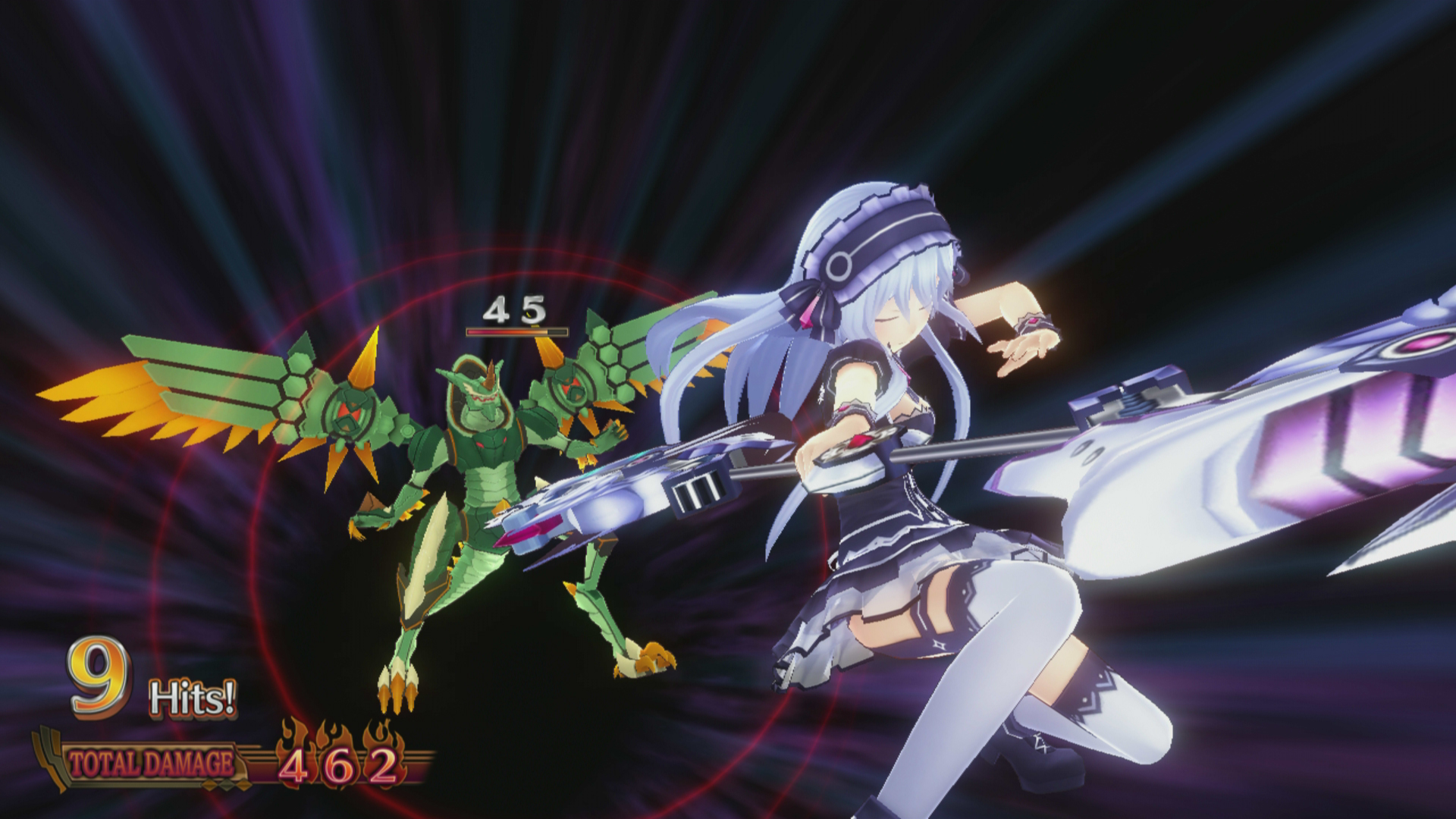 (Click image to enlarge)rn
(Click image to enlarge)rn -
Fairy Fencer F #2
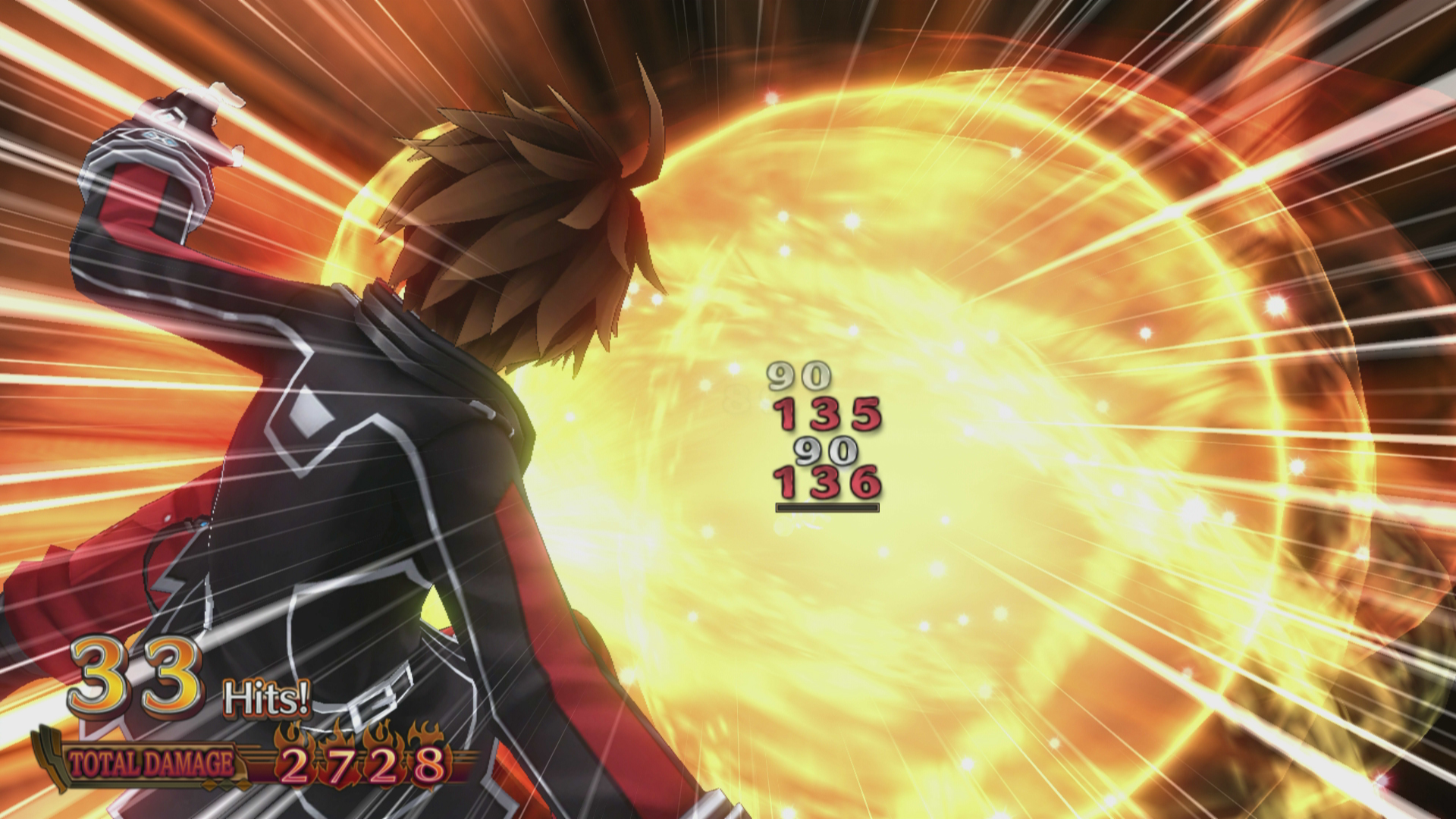 (Click image to enlarge)rnrnrn
(Click image to enlarge)rnrnrn -
Fairy Fencer F #3
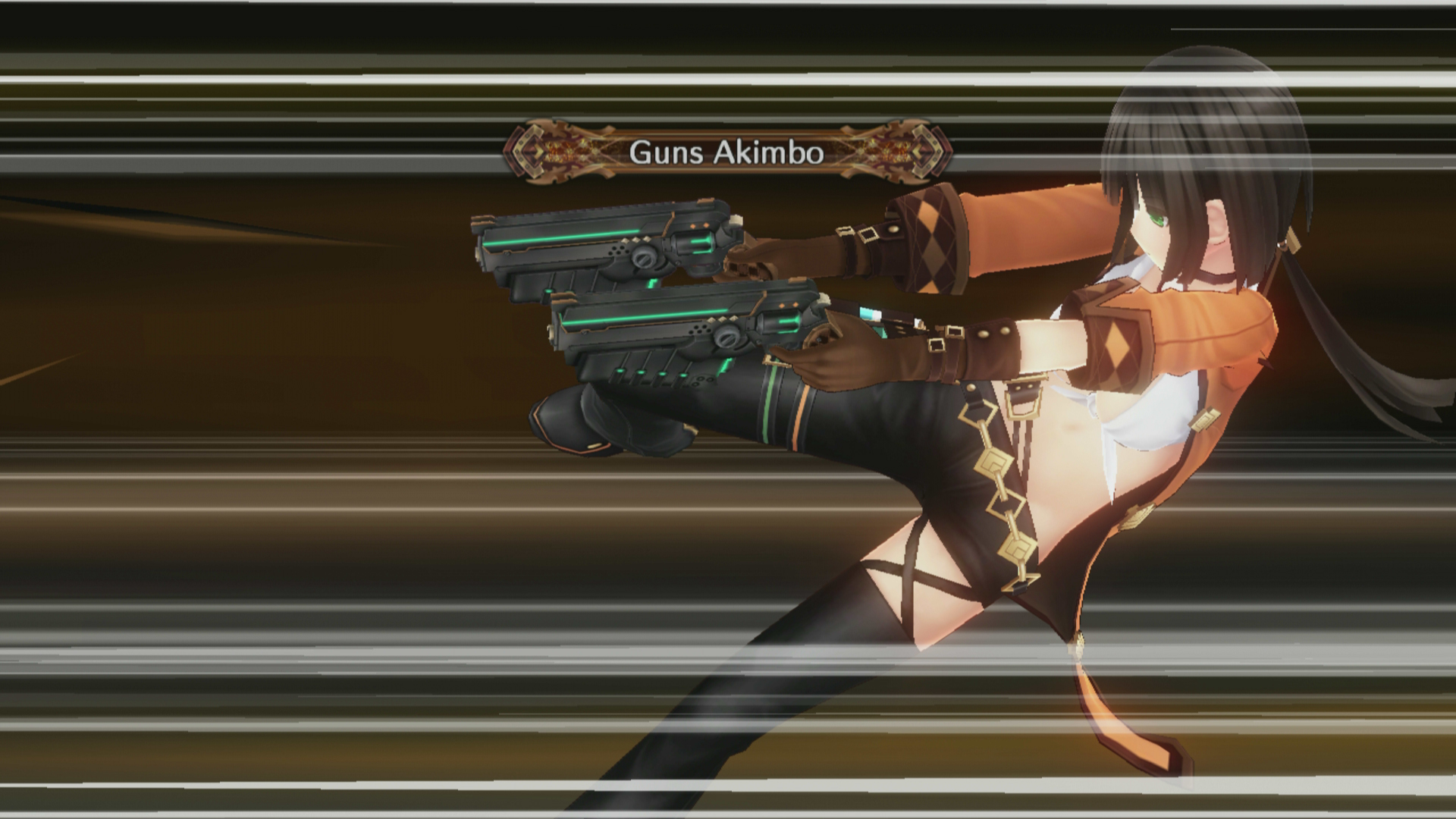 (Click image to enlarge)rn
(Click image to enlarge)rn -
Fairy Fencer F #4
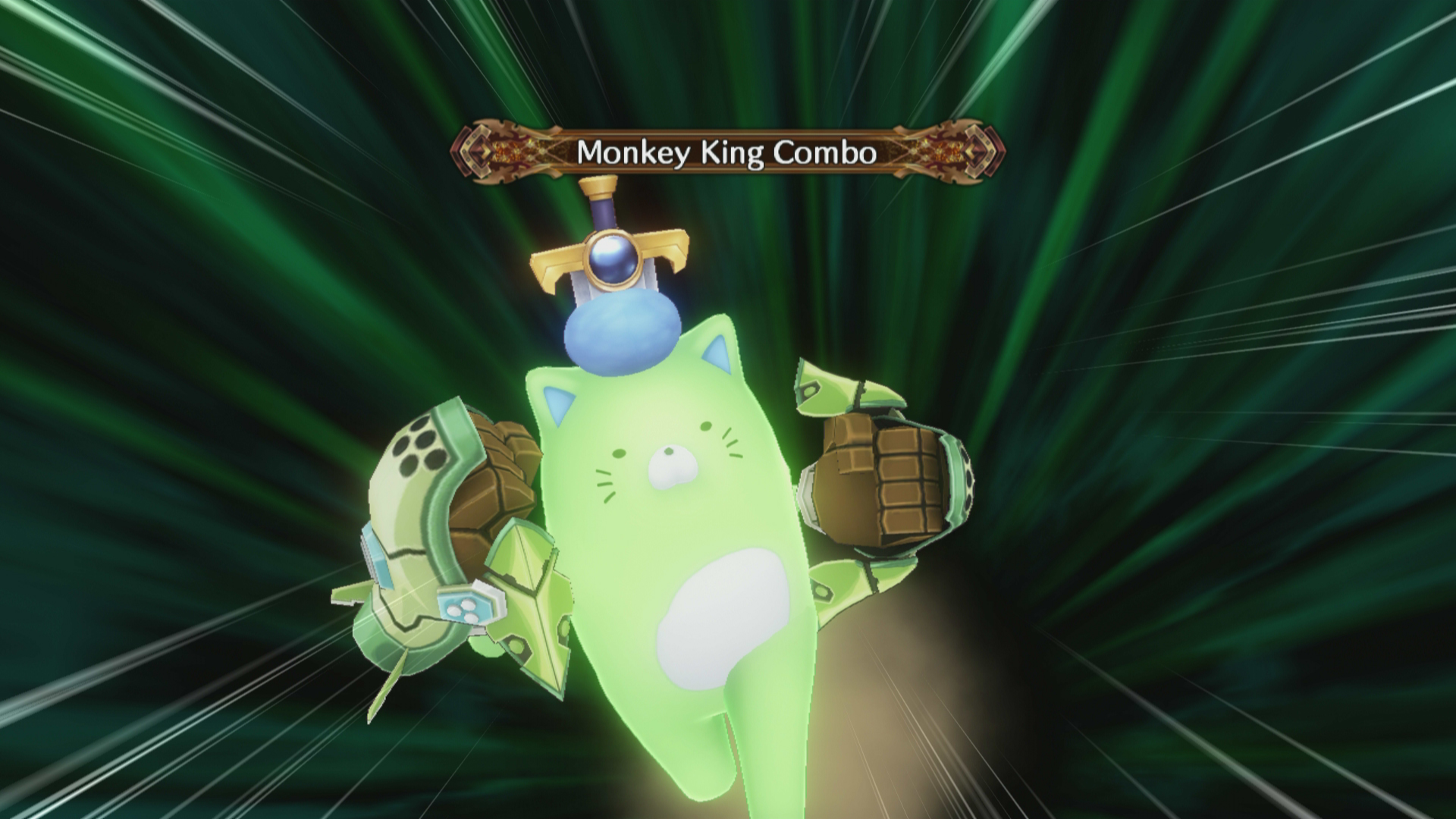 (Click image to enlarge)rn
(Click image to enlarge)rn -
Fairy Fencer F #5
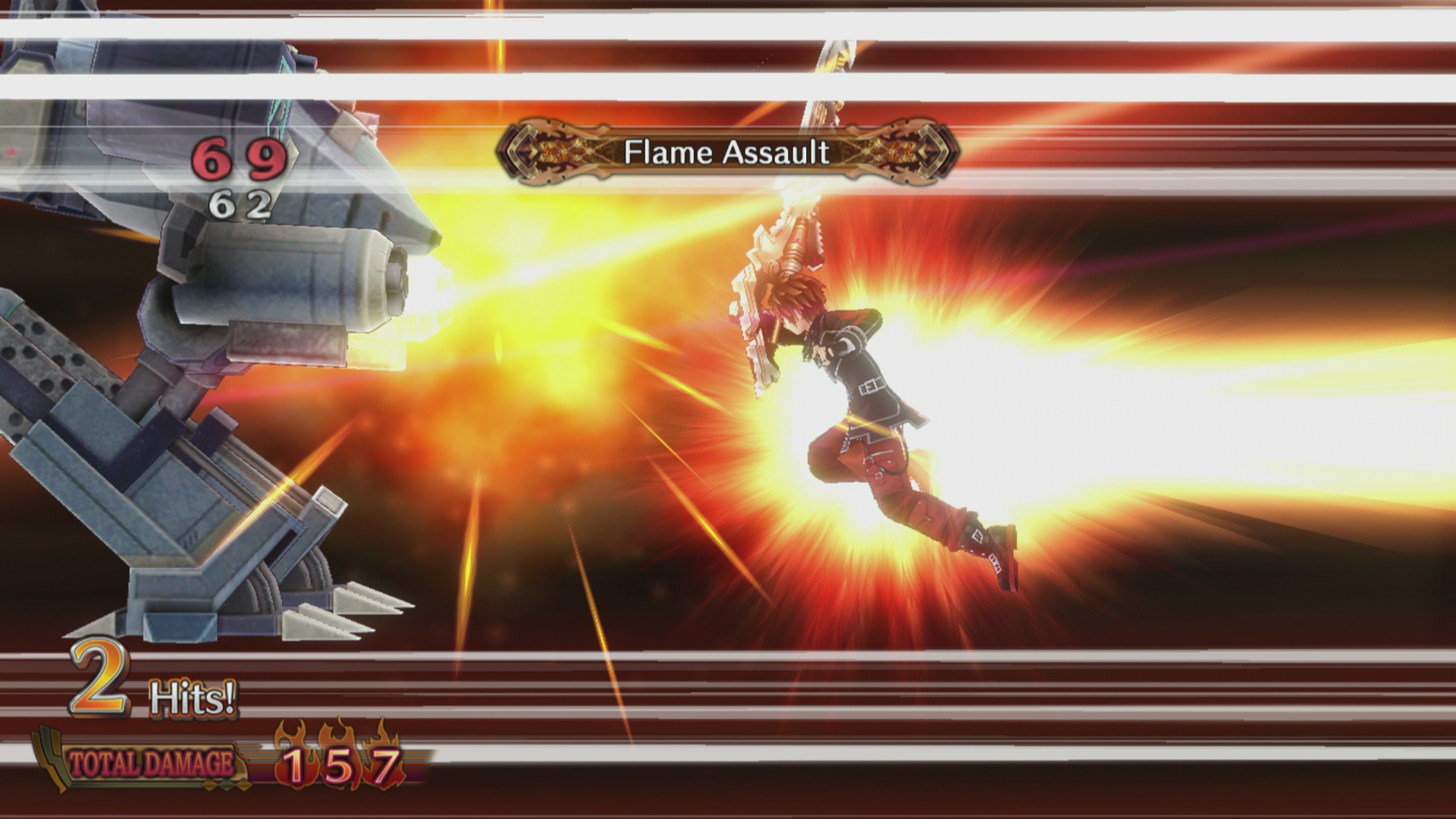 (Click image to enlarge)rn
(Click image to enlarge)rn -
Fairy Fencer F #6
 (Click image to enlarge)rn
(Click image to enlarge)rn -
Fairy Fencer F #7
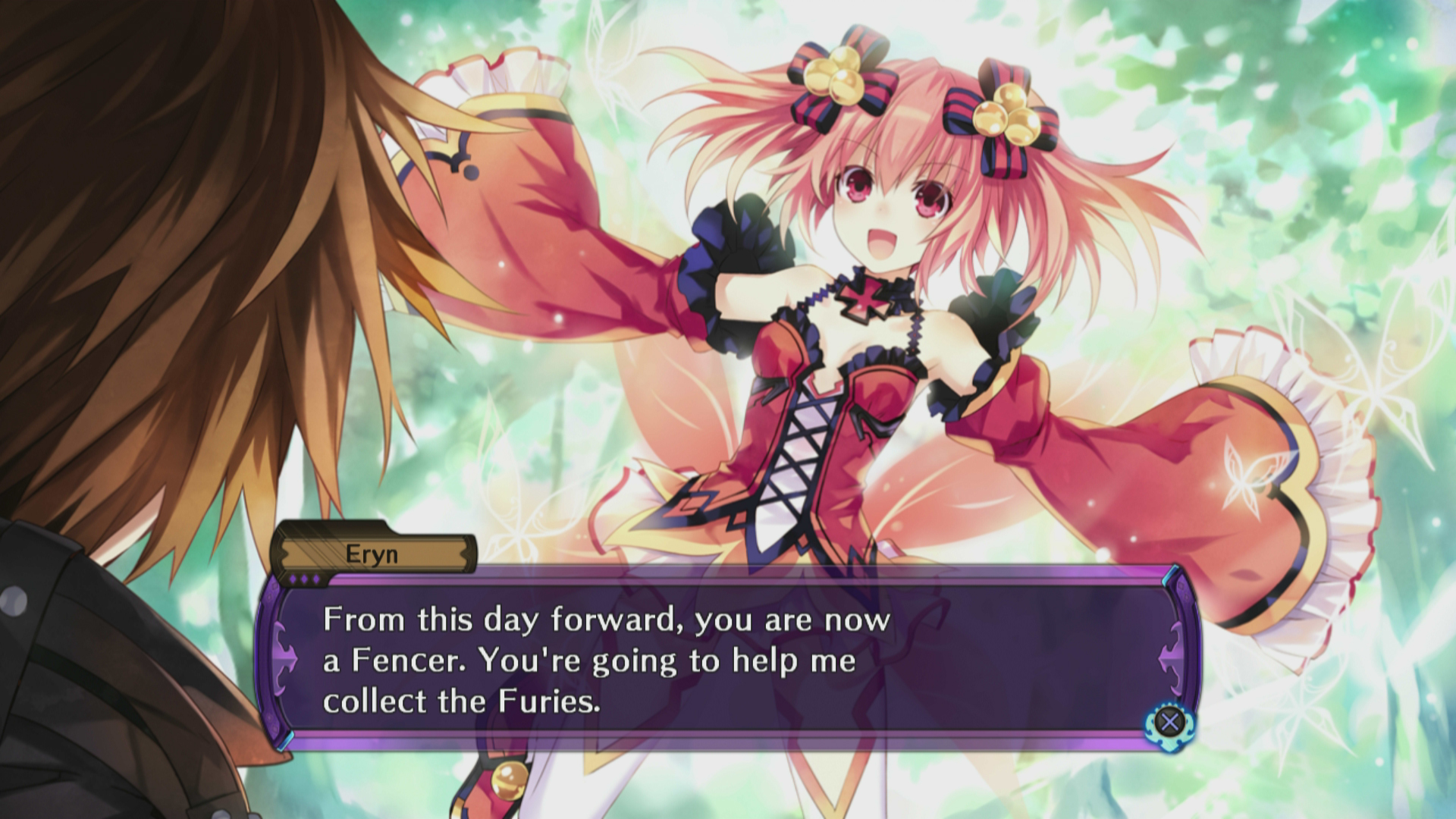 (Click image to enlarge)rn
(Click image to enlarge)rn -
Fairy Fencer F #8
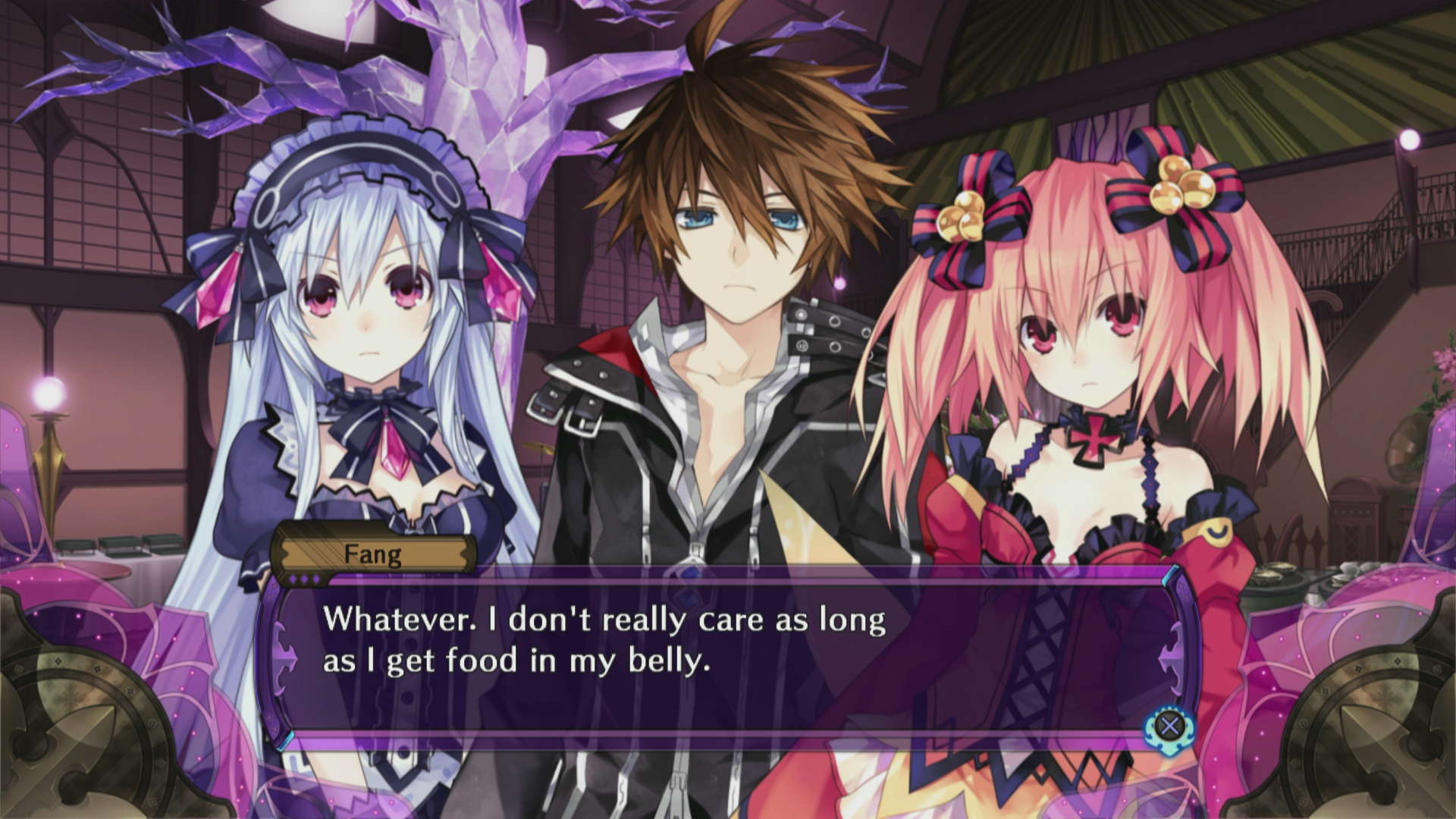 (Click image to enlarge)rn
(Click image to enlarge)rn -
Fairy Fencer F #9
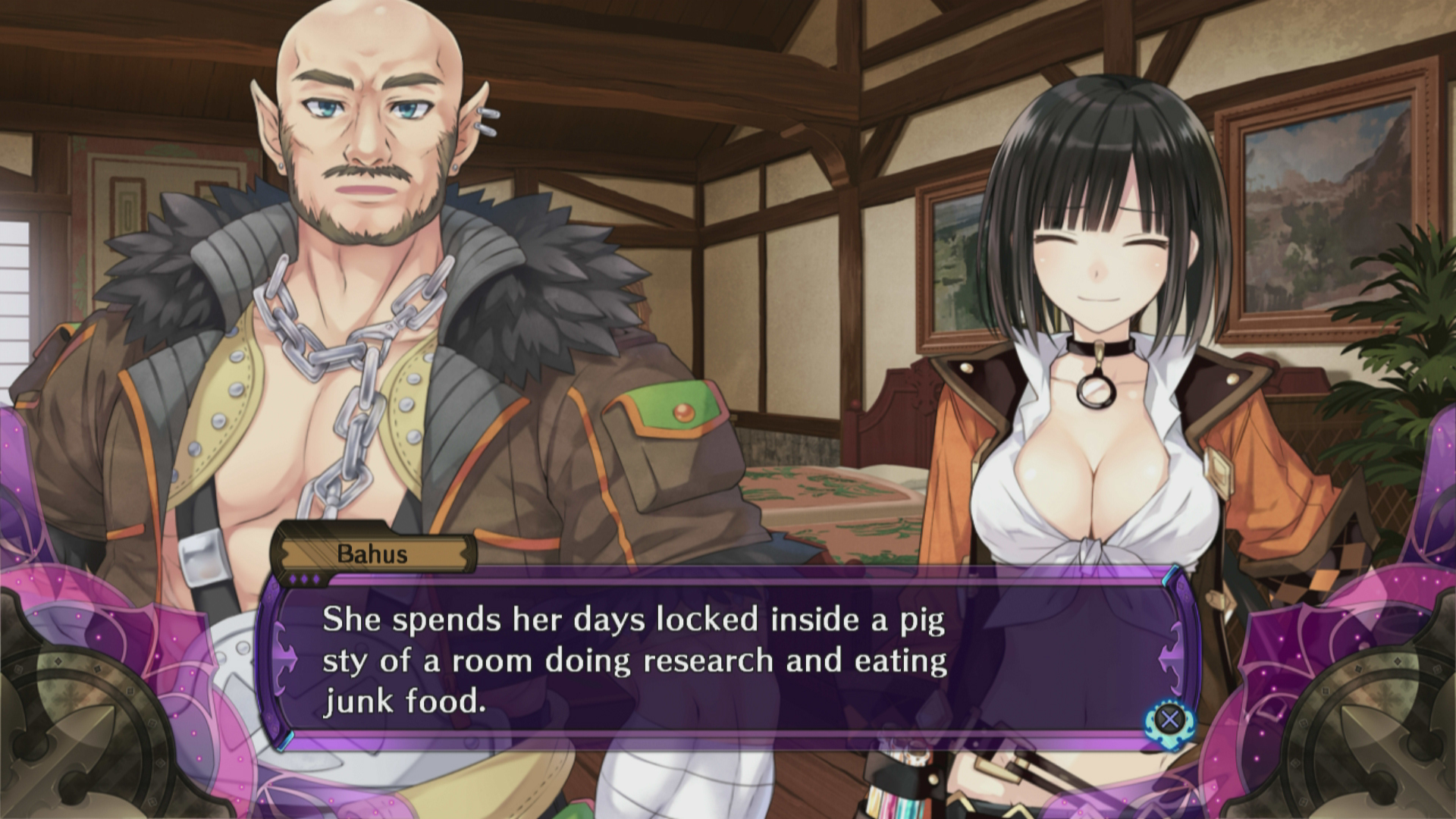 (Click image to enlarge)rn
(Click image to enlarge)rn -
Fairy Fencer F #10
 (Click image to enlarge)rn
(Click image to enlarge)rn -
Fairy Fencer F #11
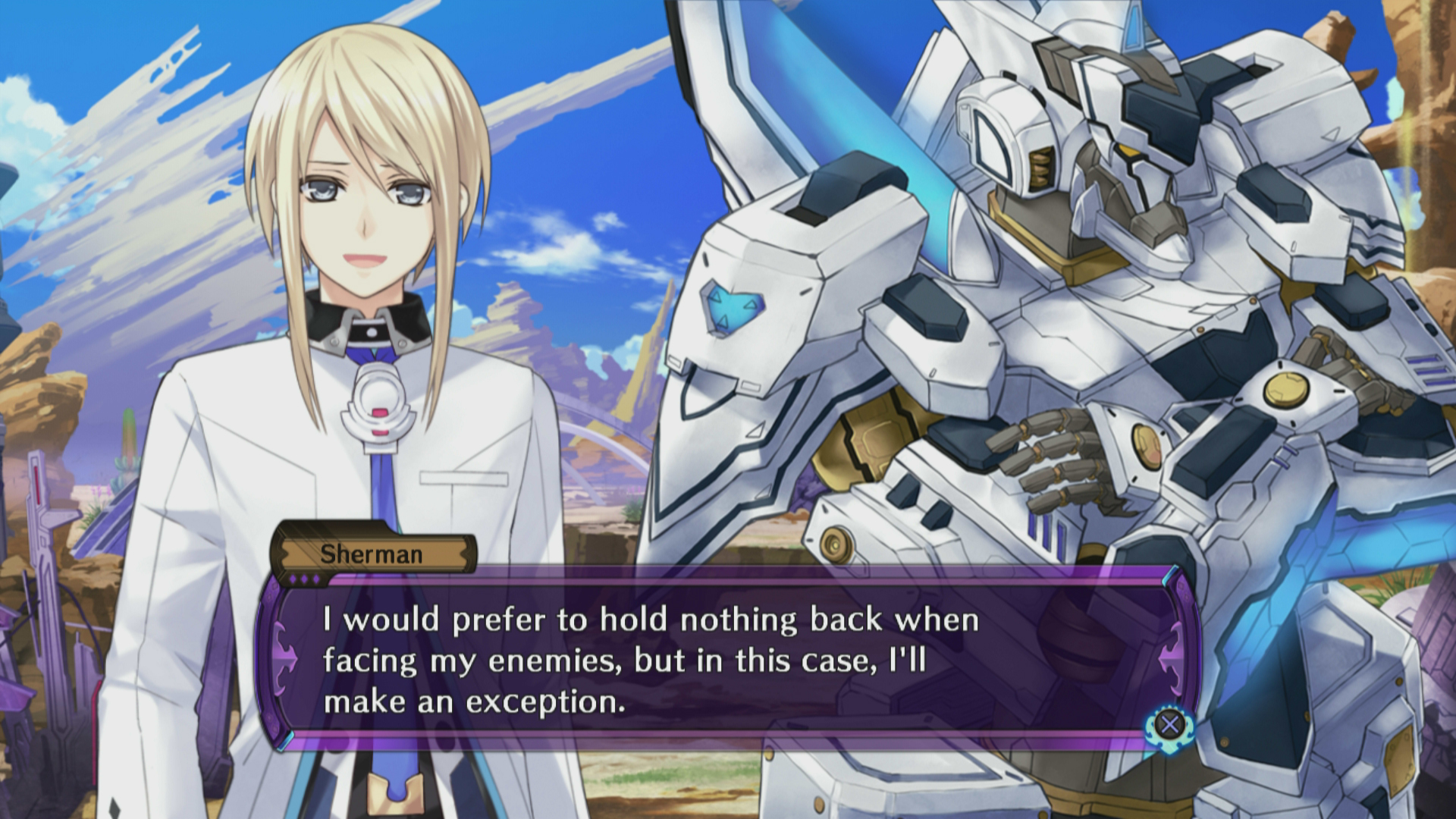 (Click image to enlarge)rn
(Click image to enlarge)rn -
Fairy Fencer F #12
 (Click image to enlarge)rn
(Click image to enlarge)rn








